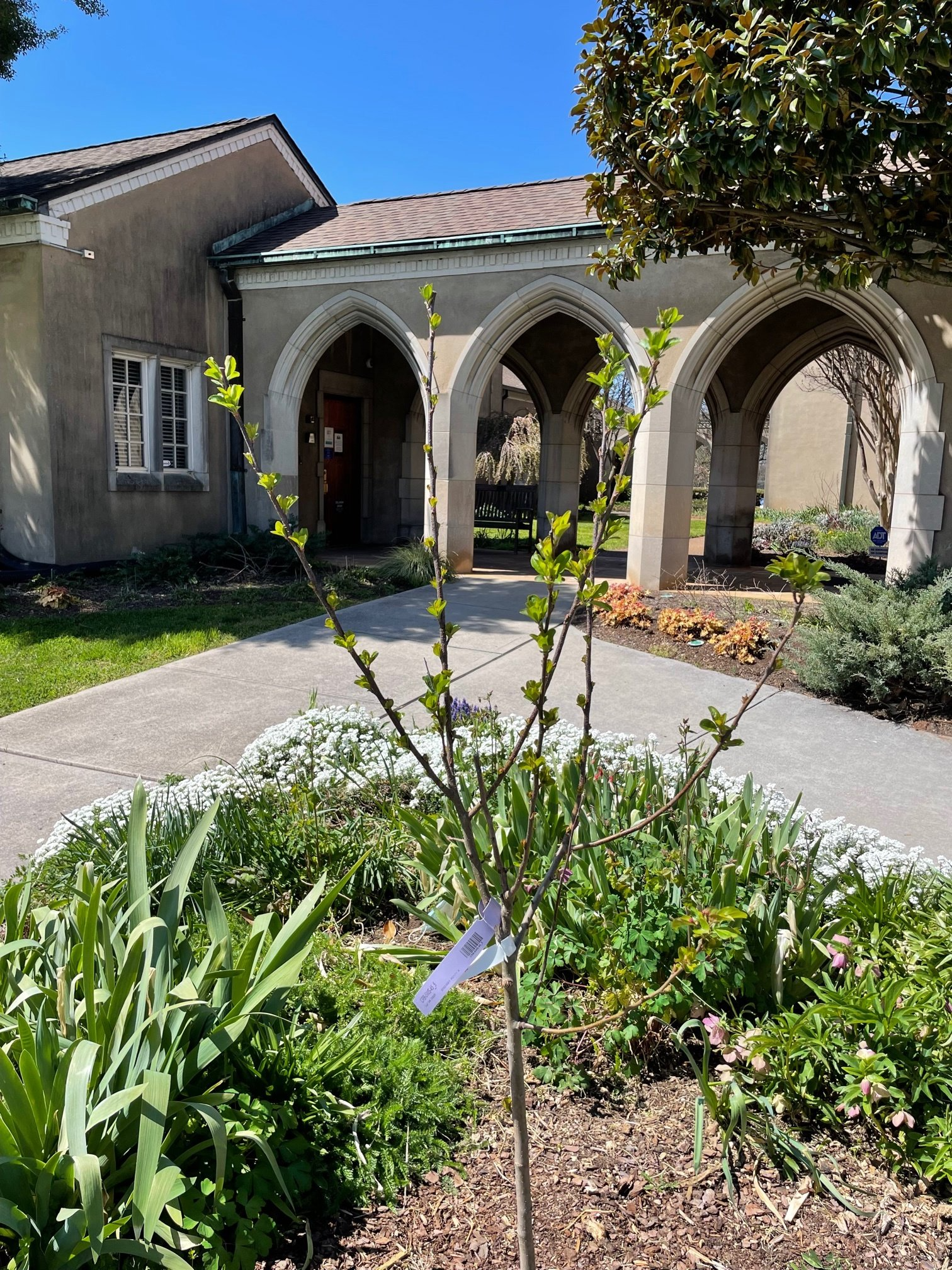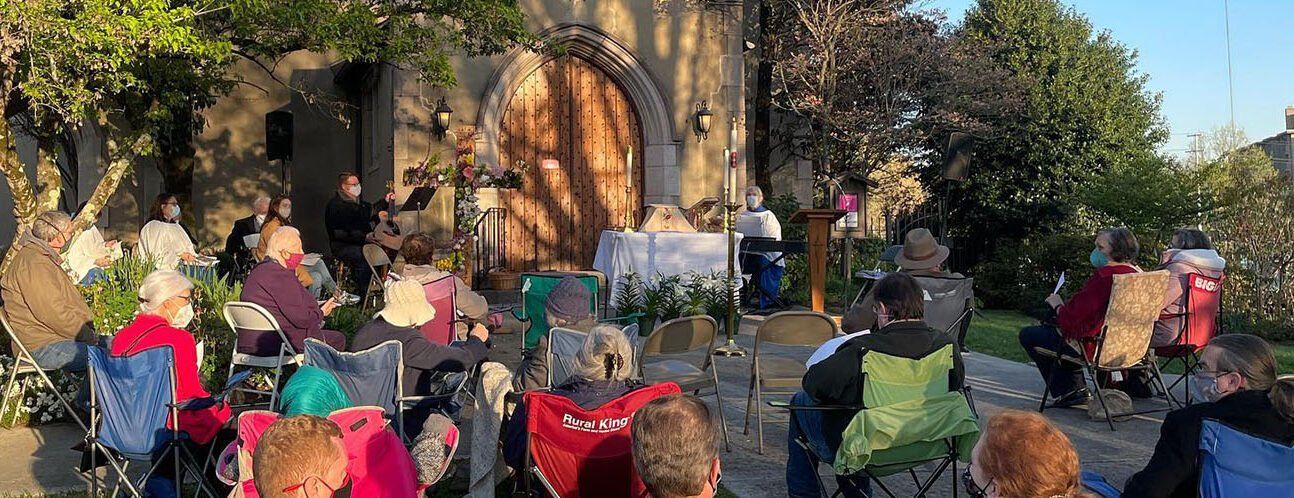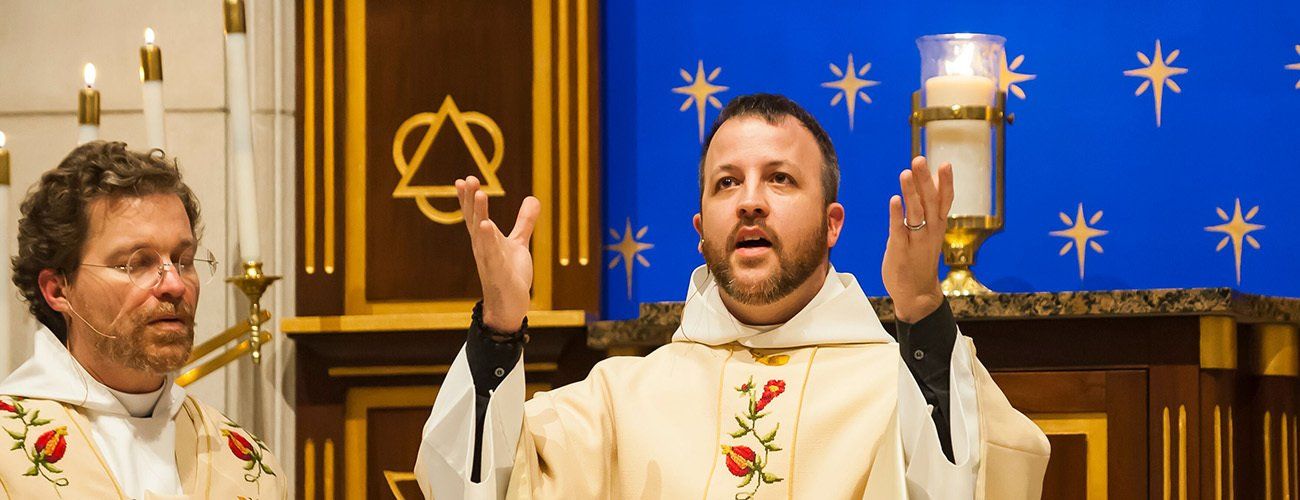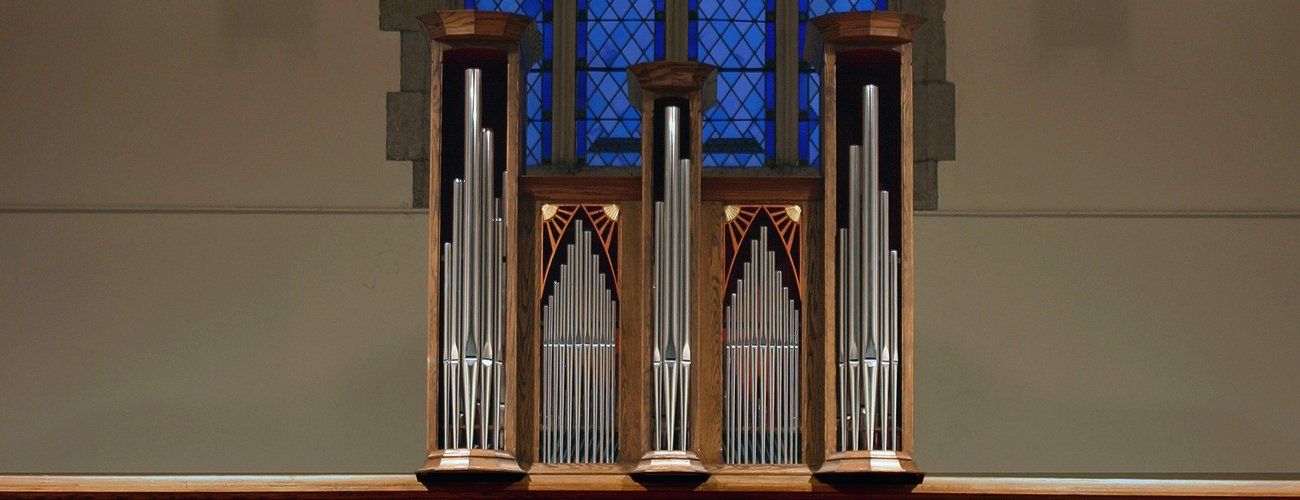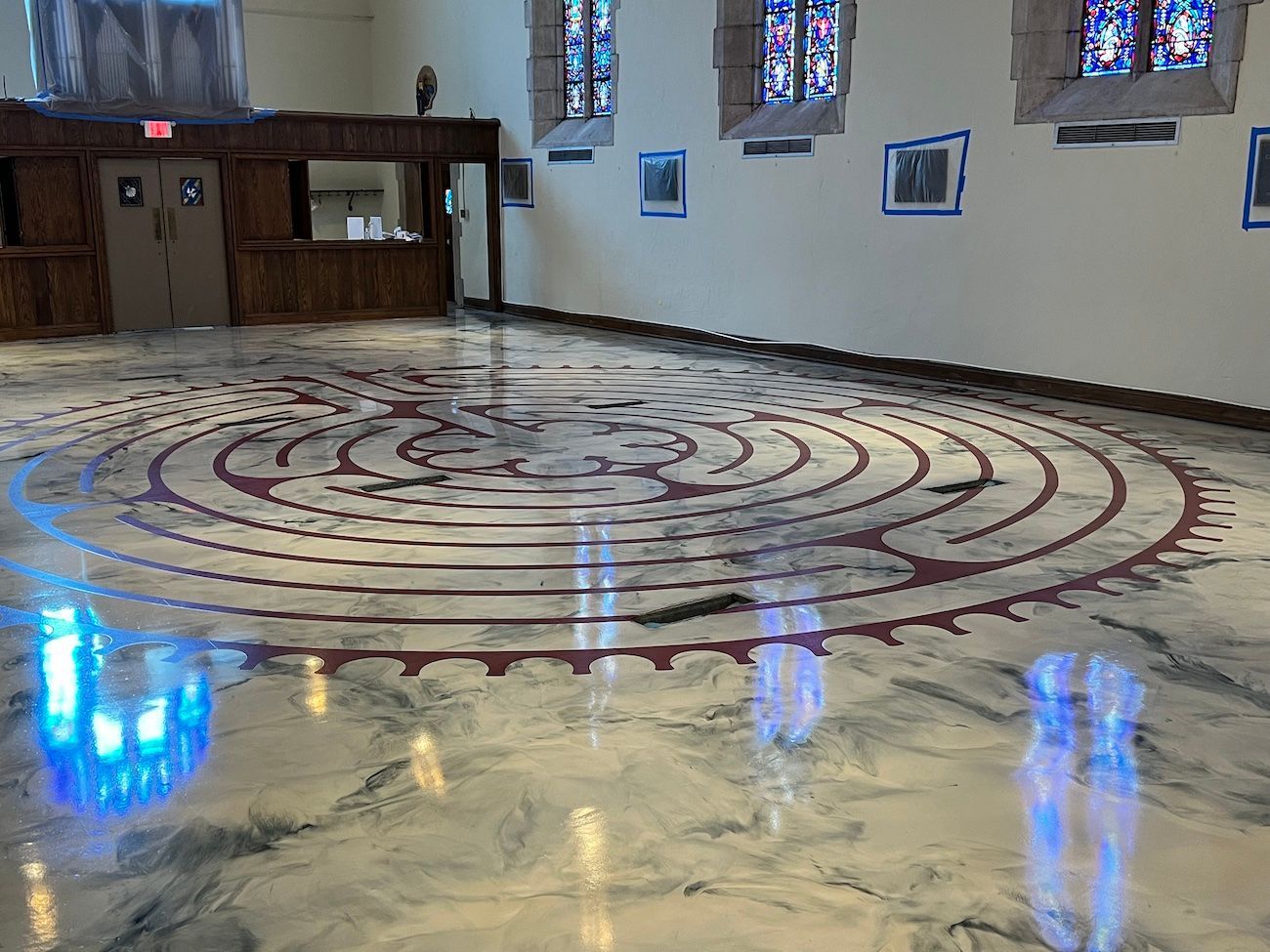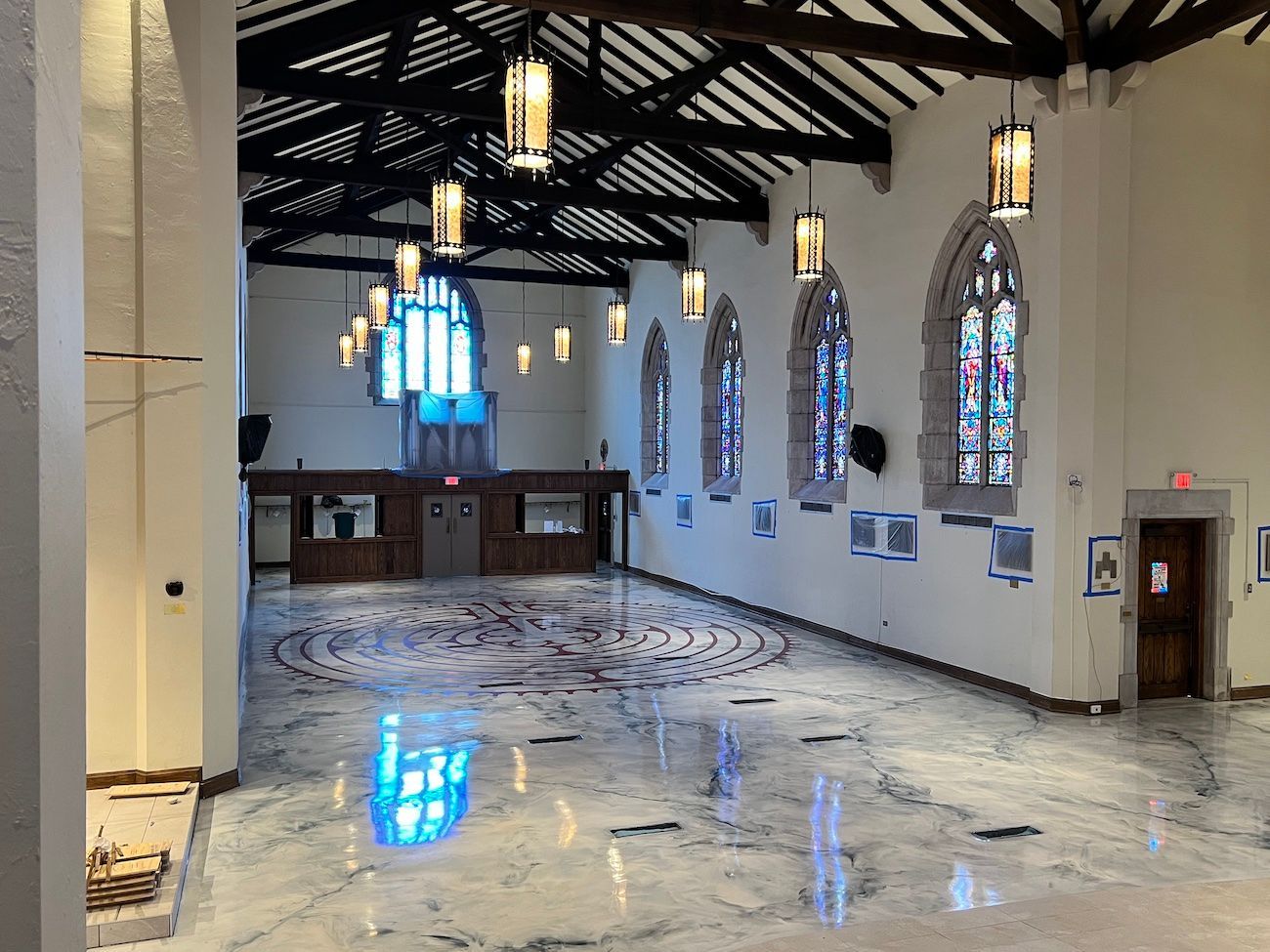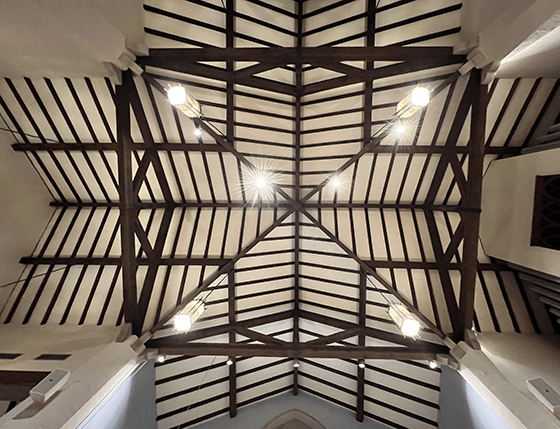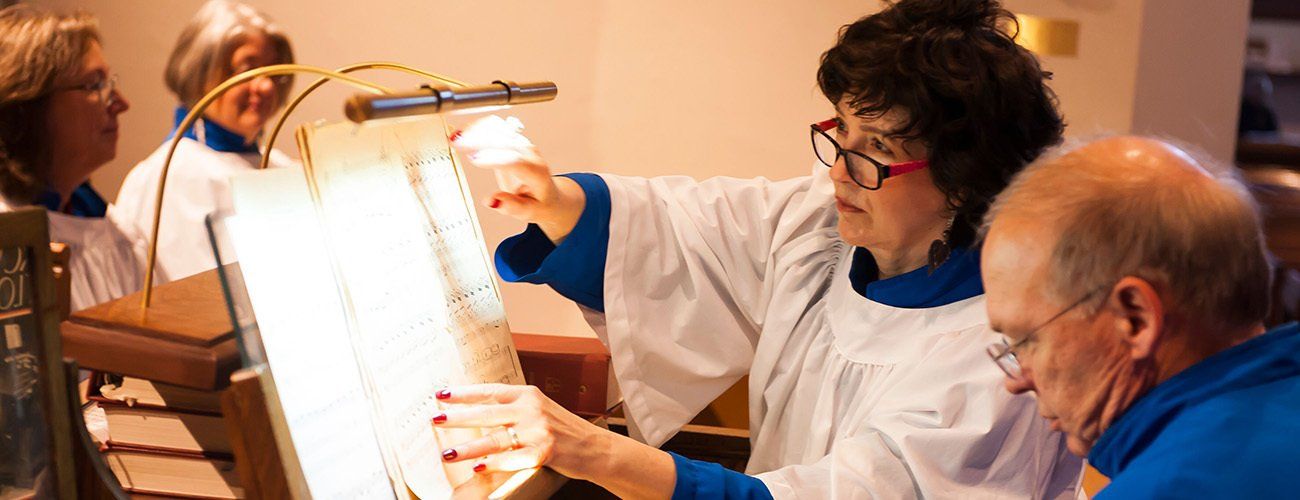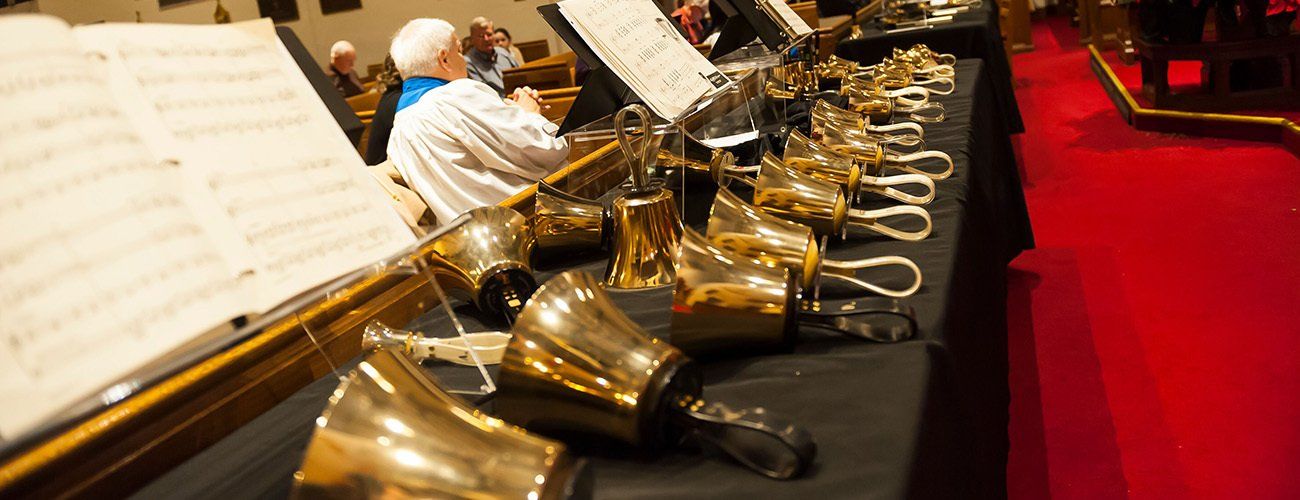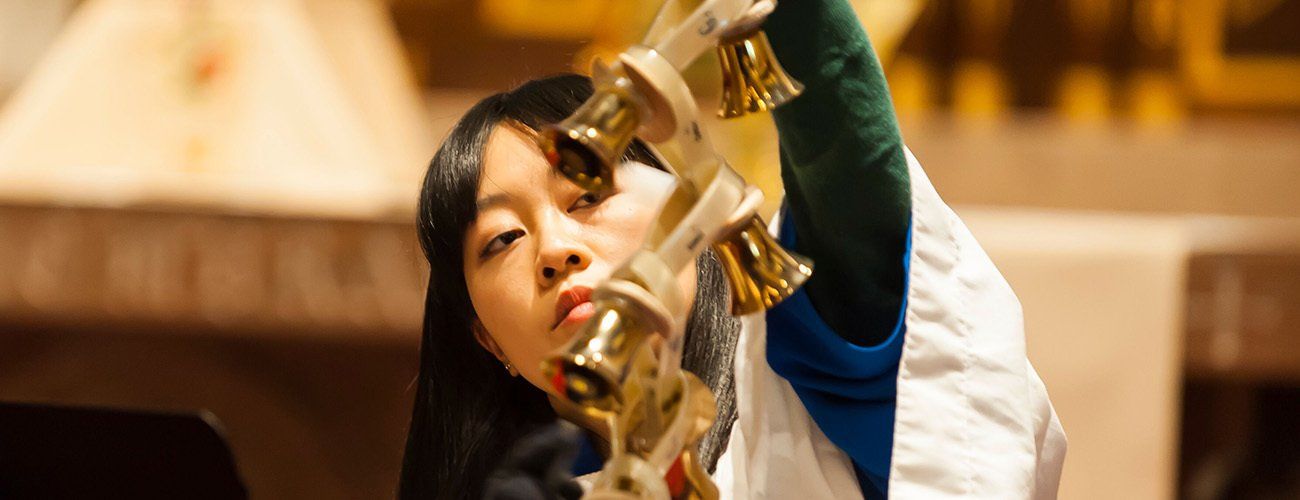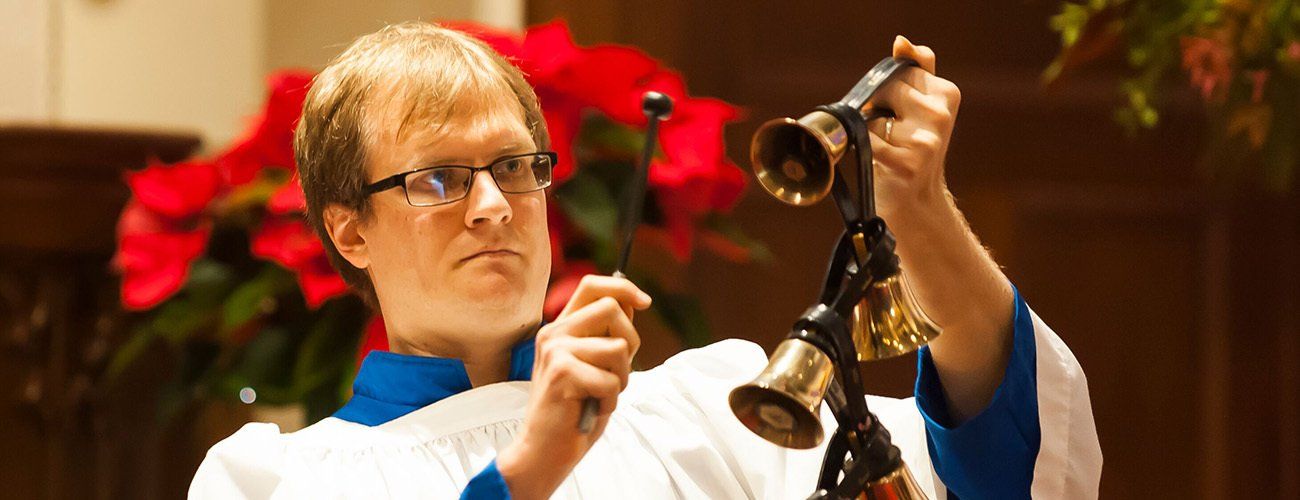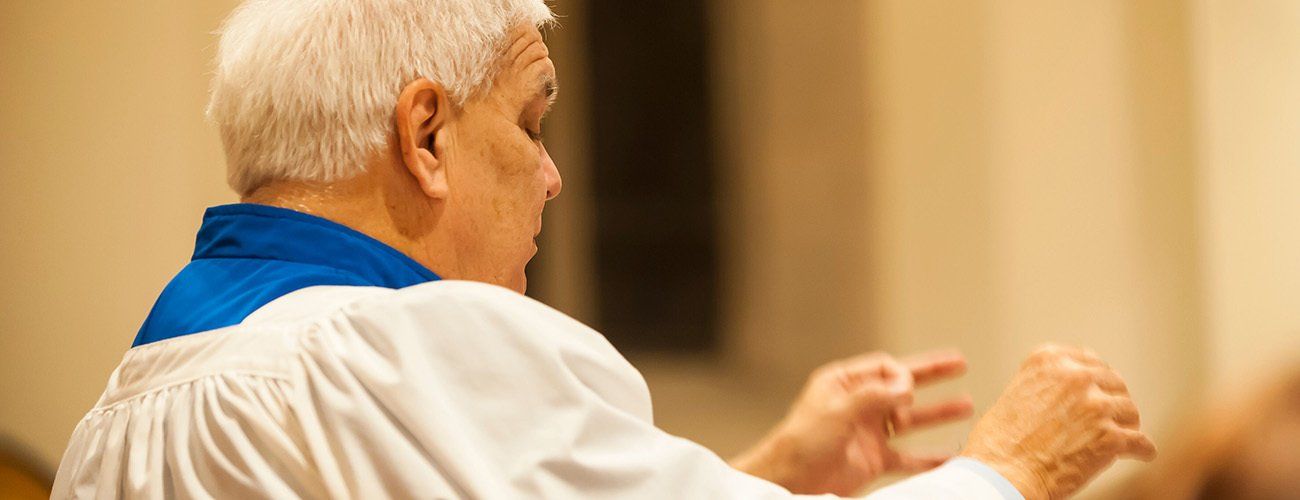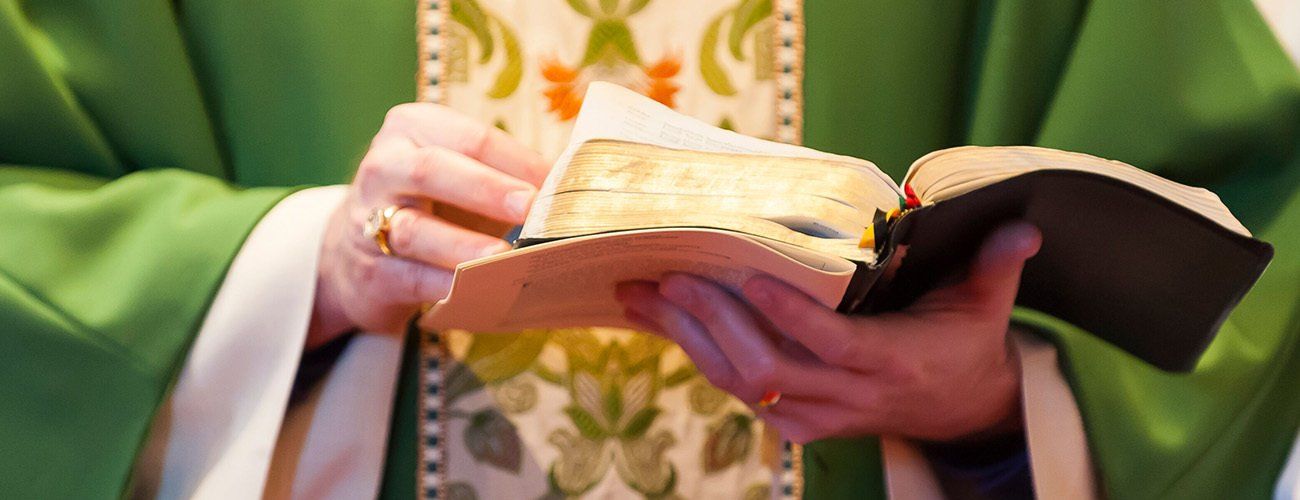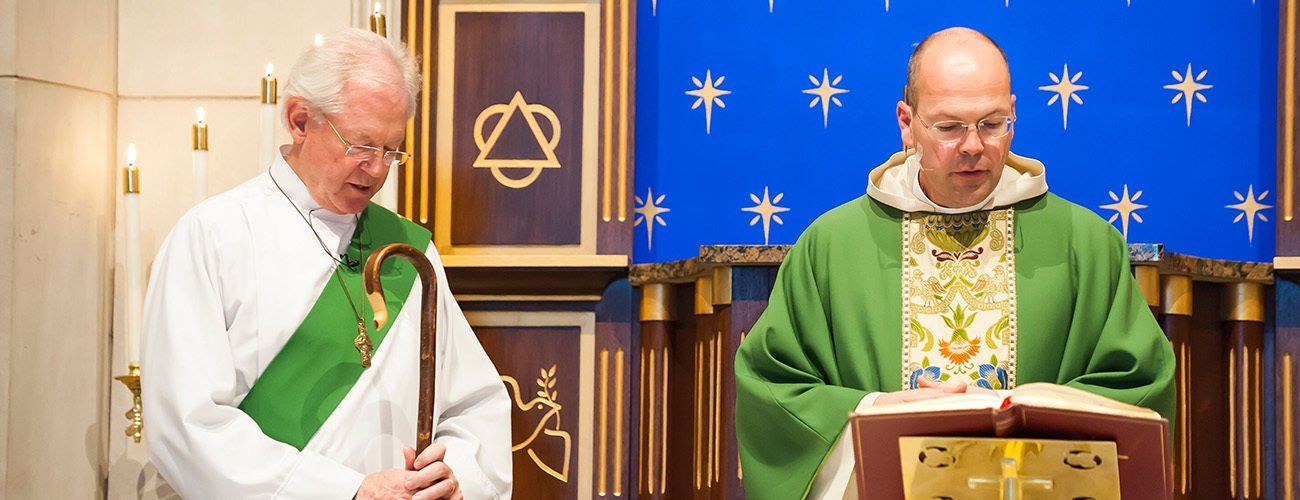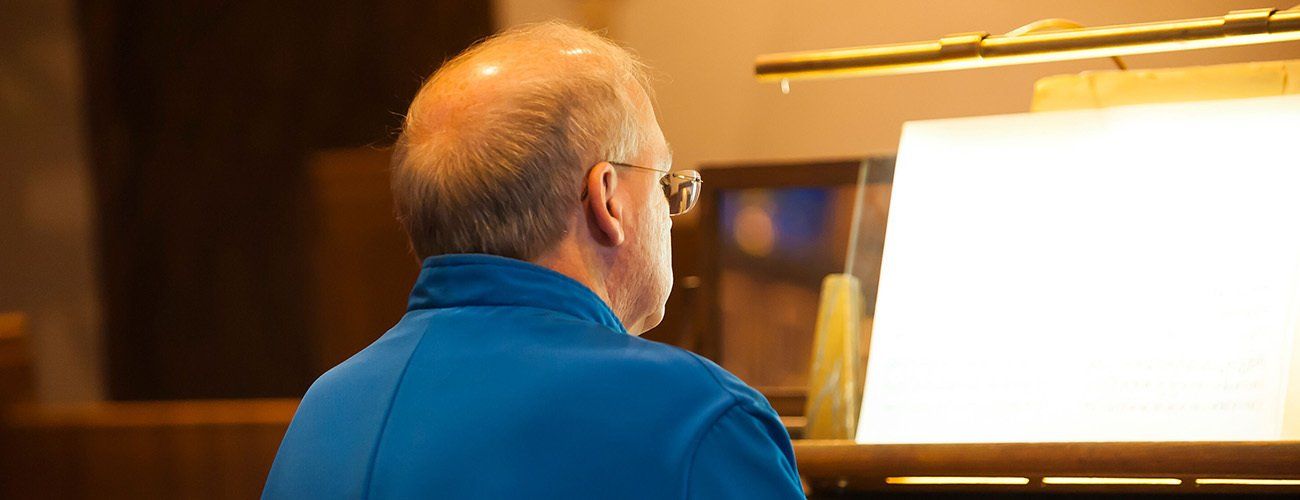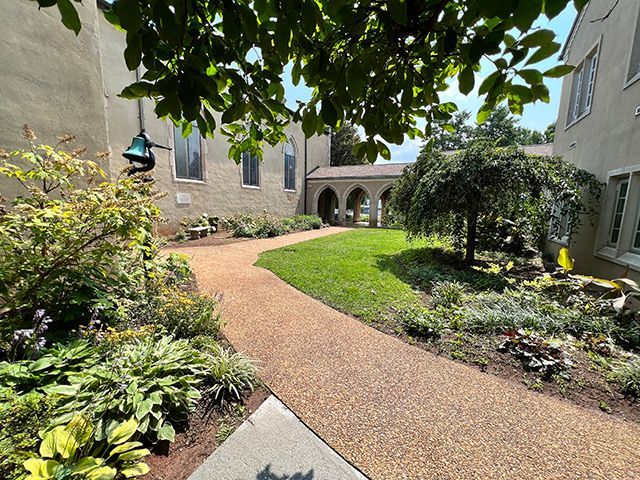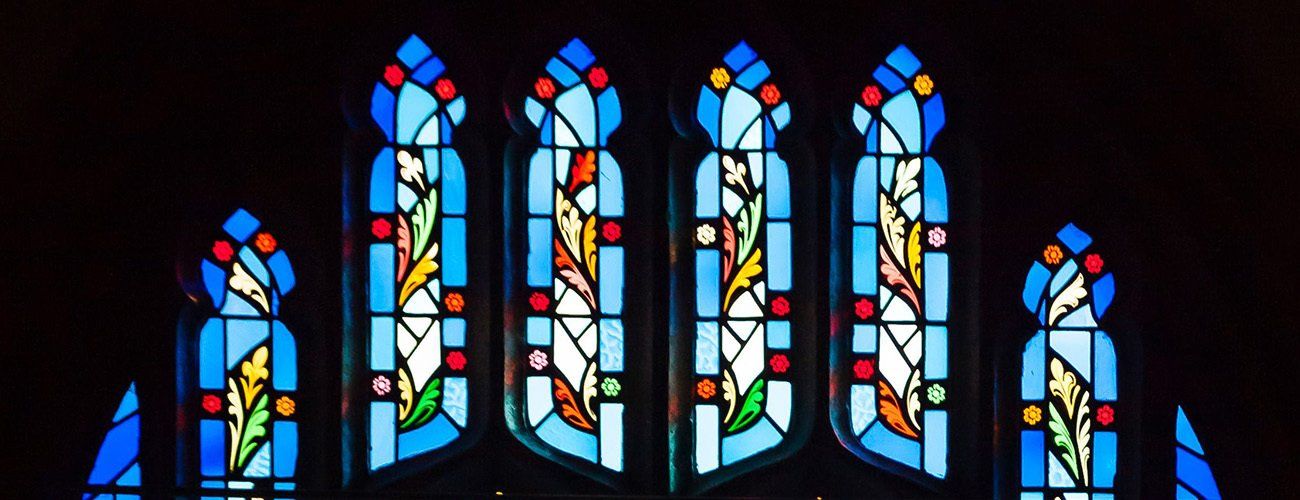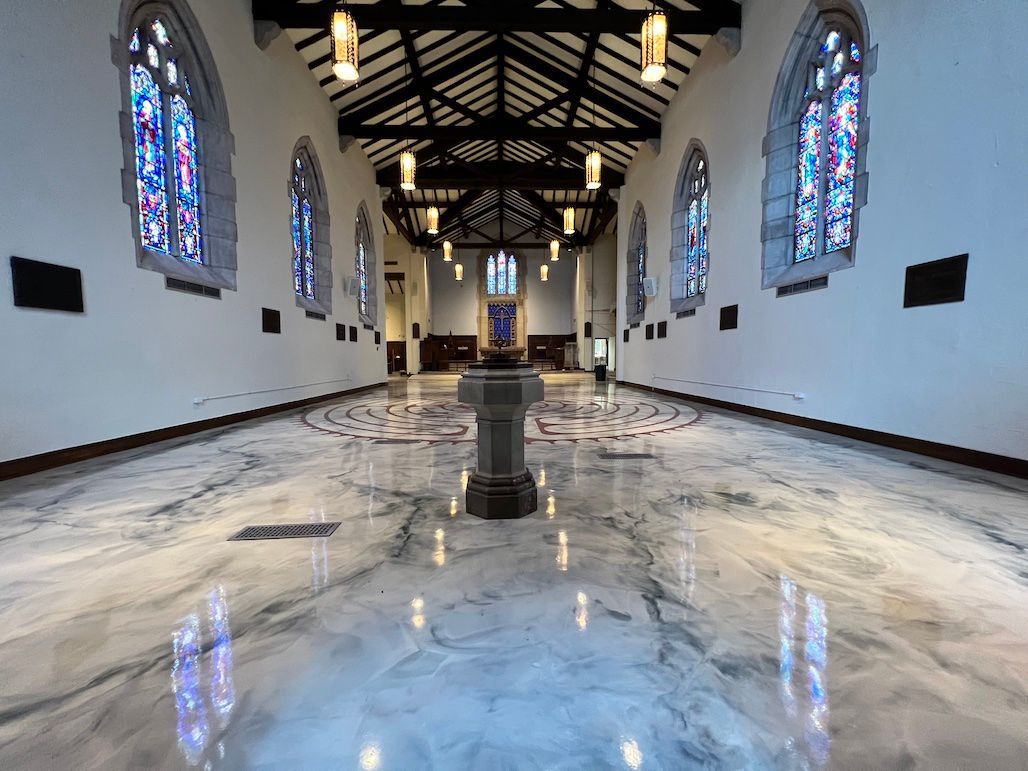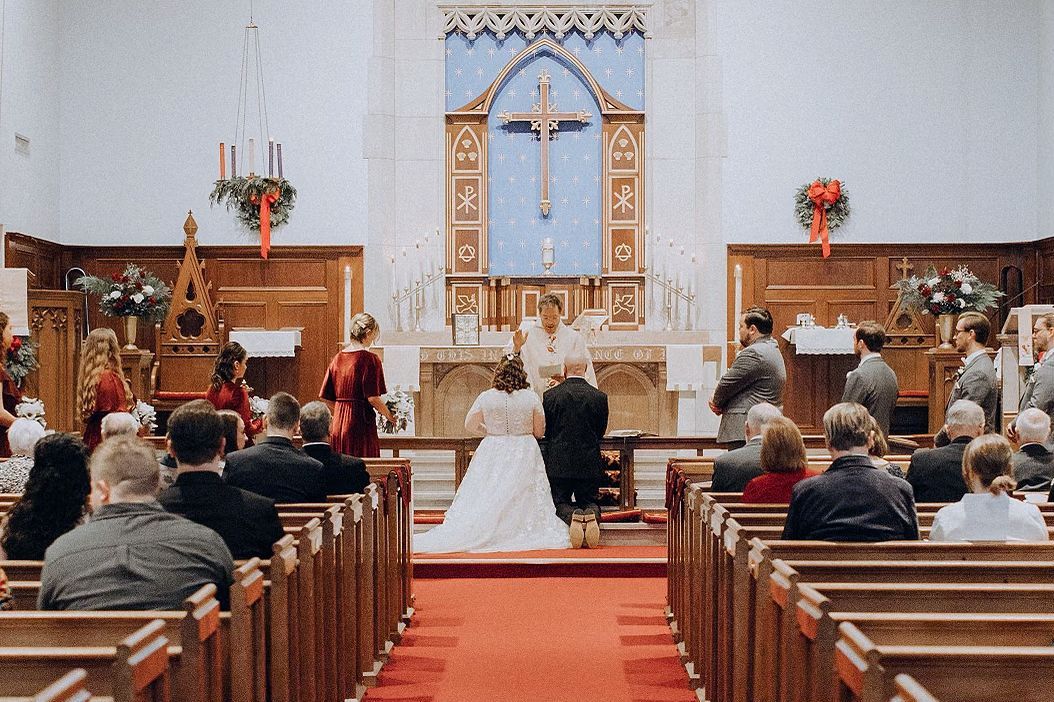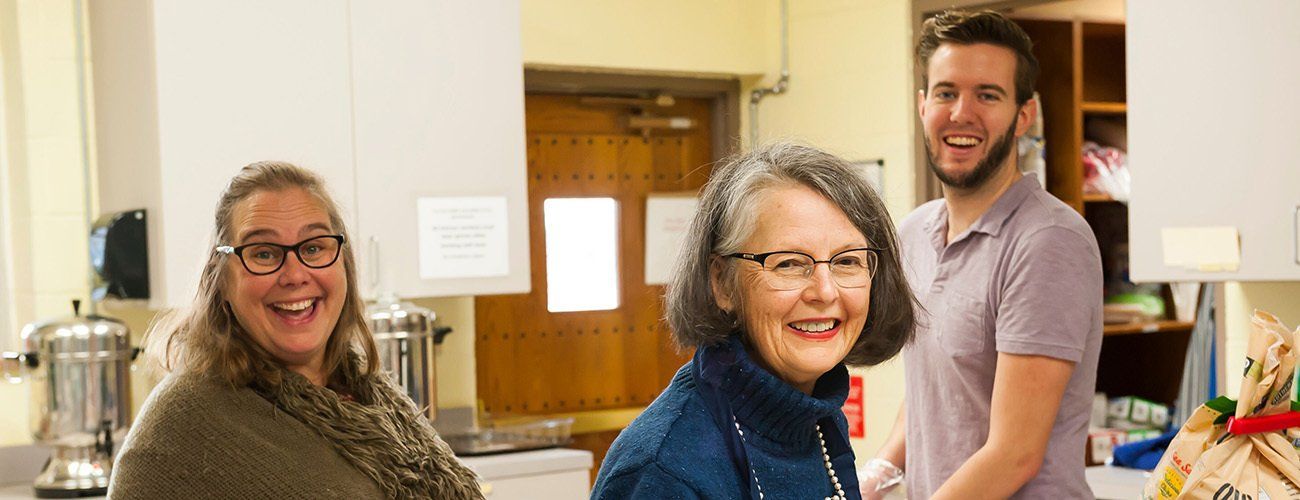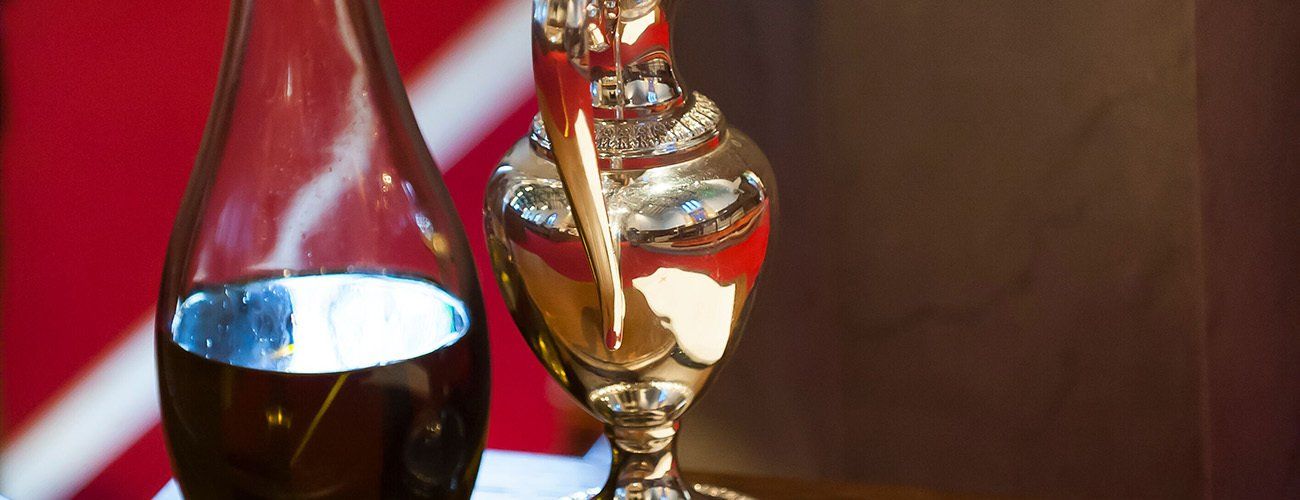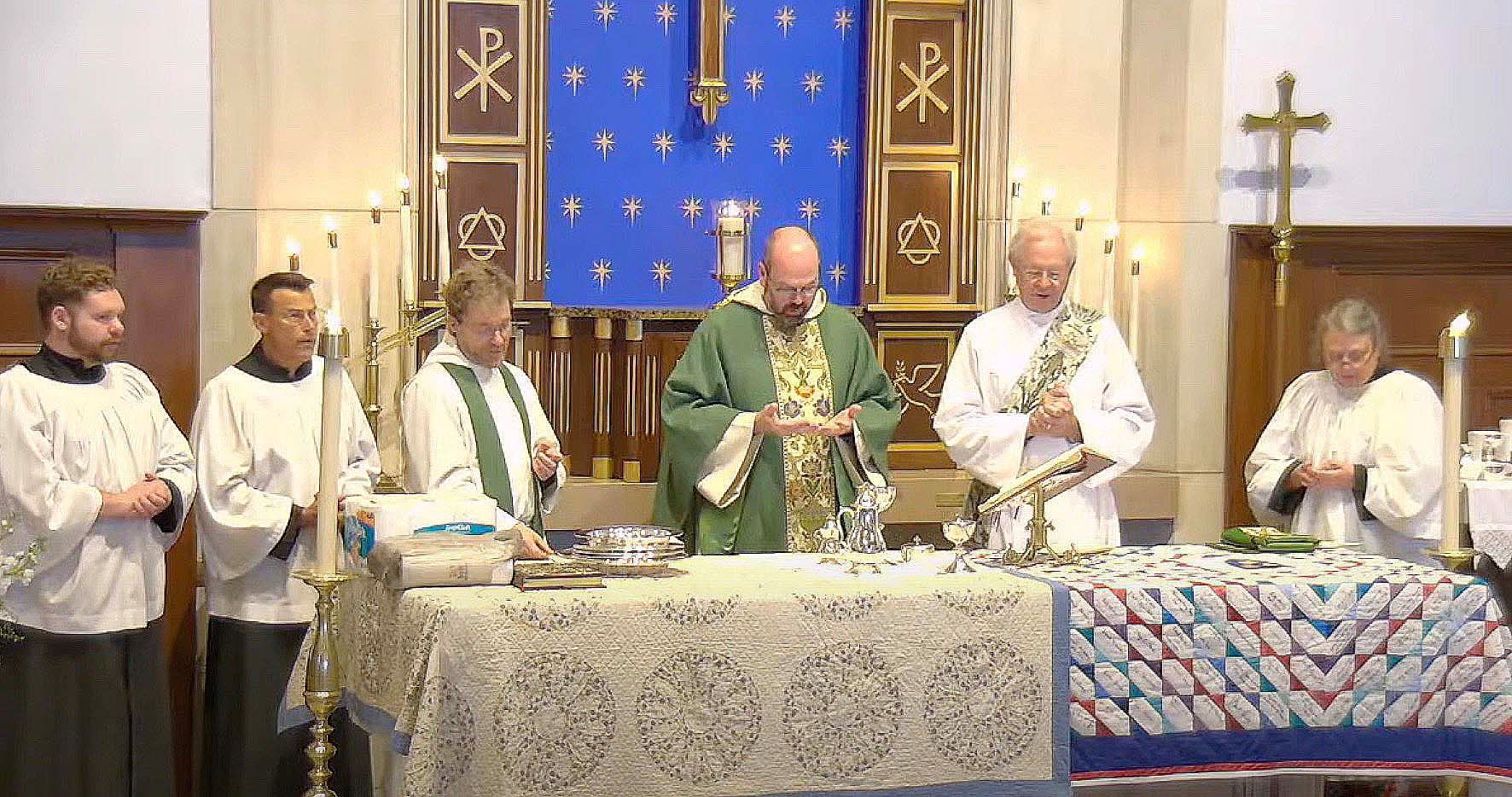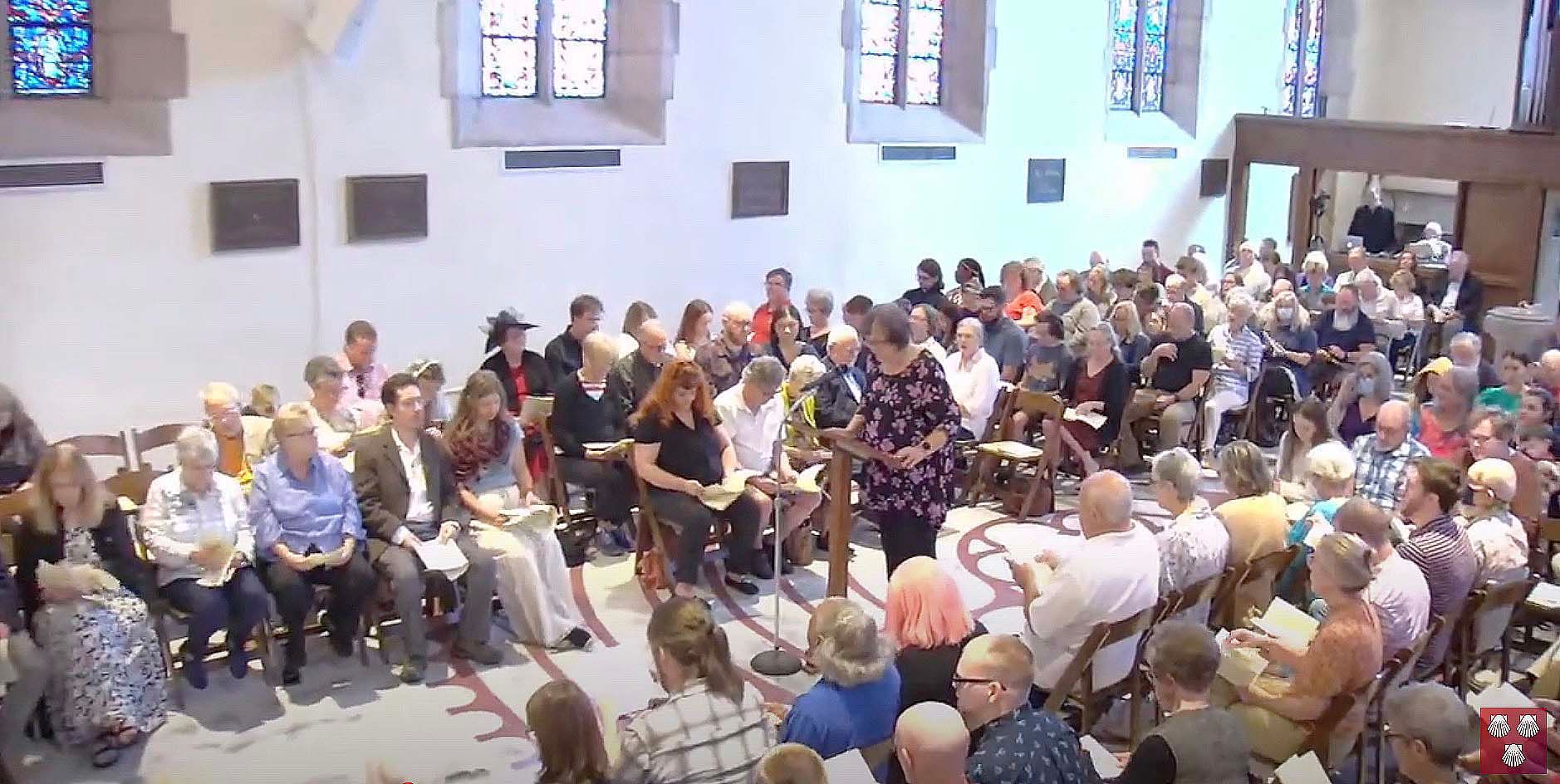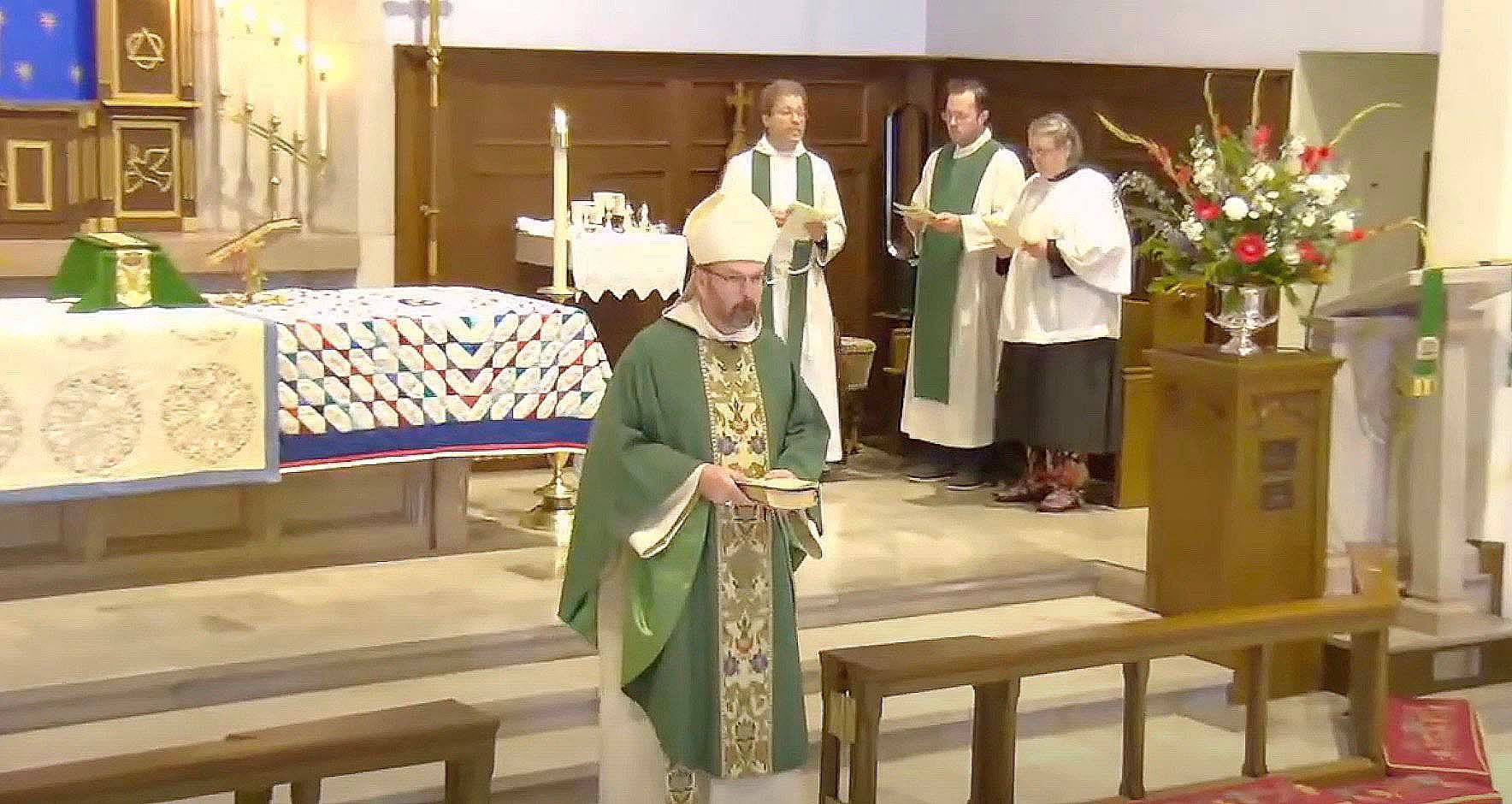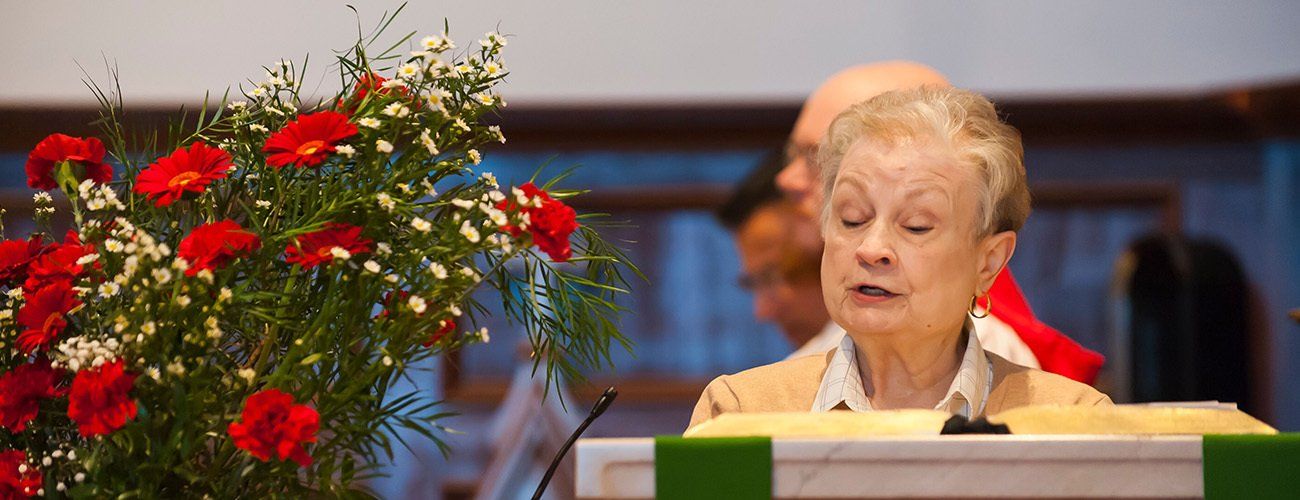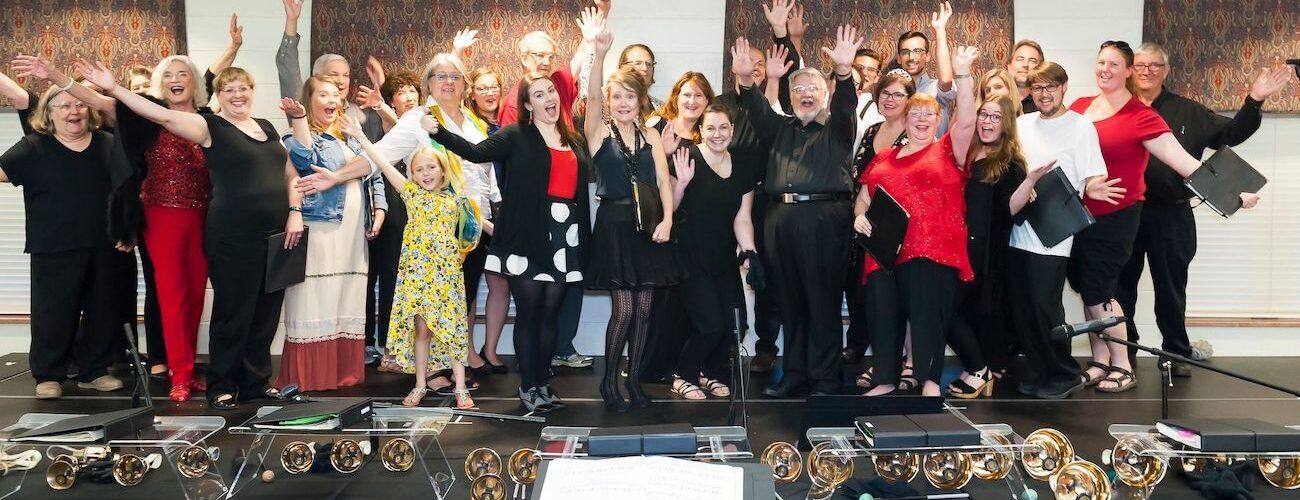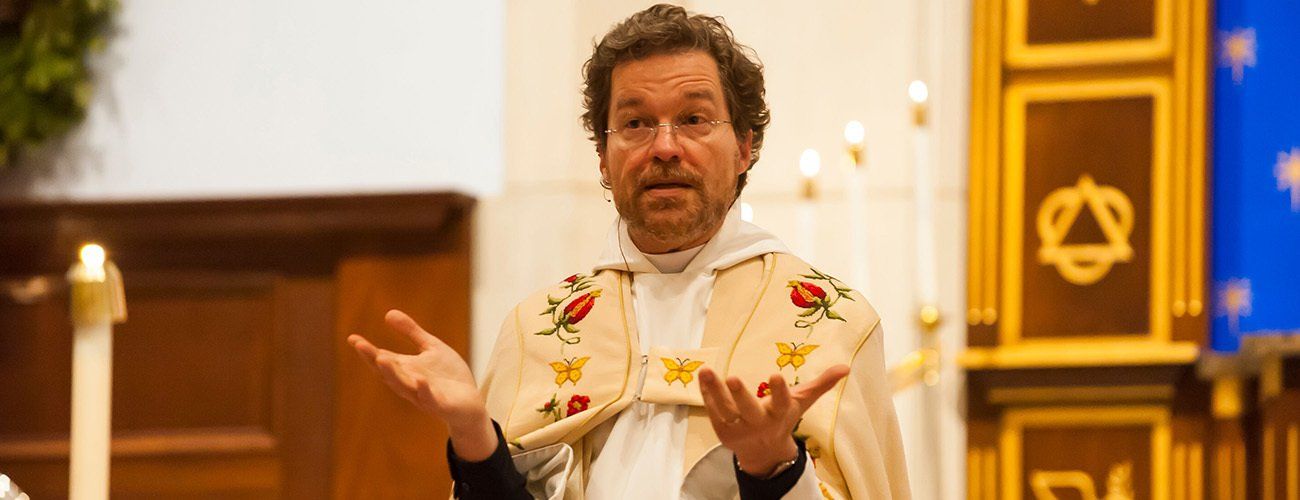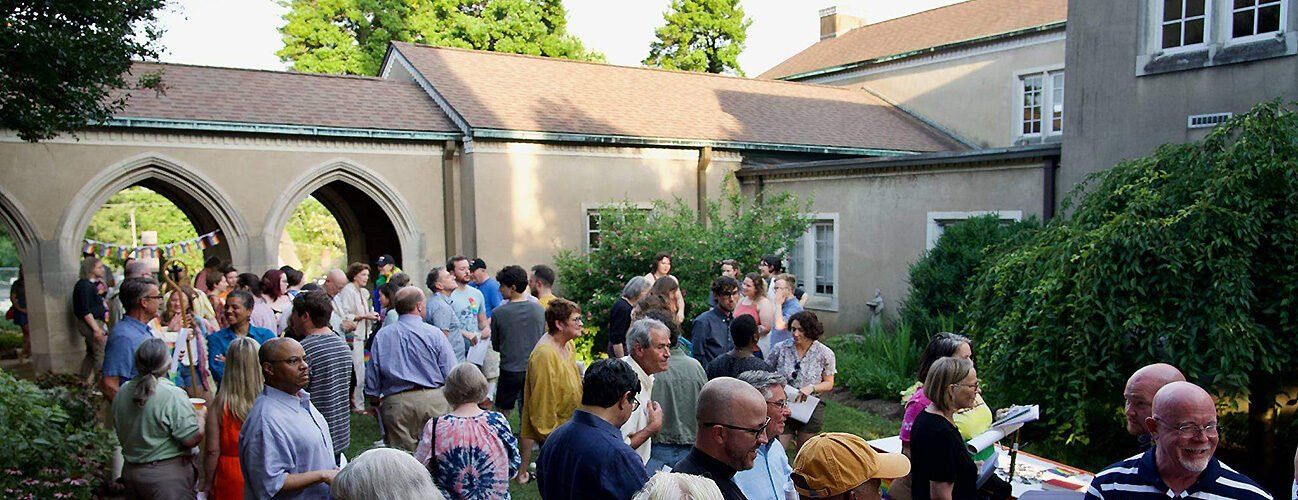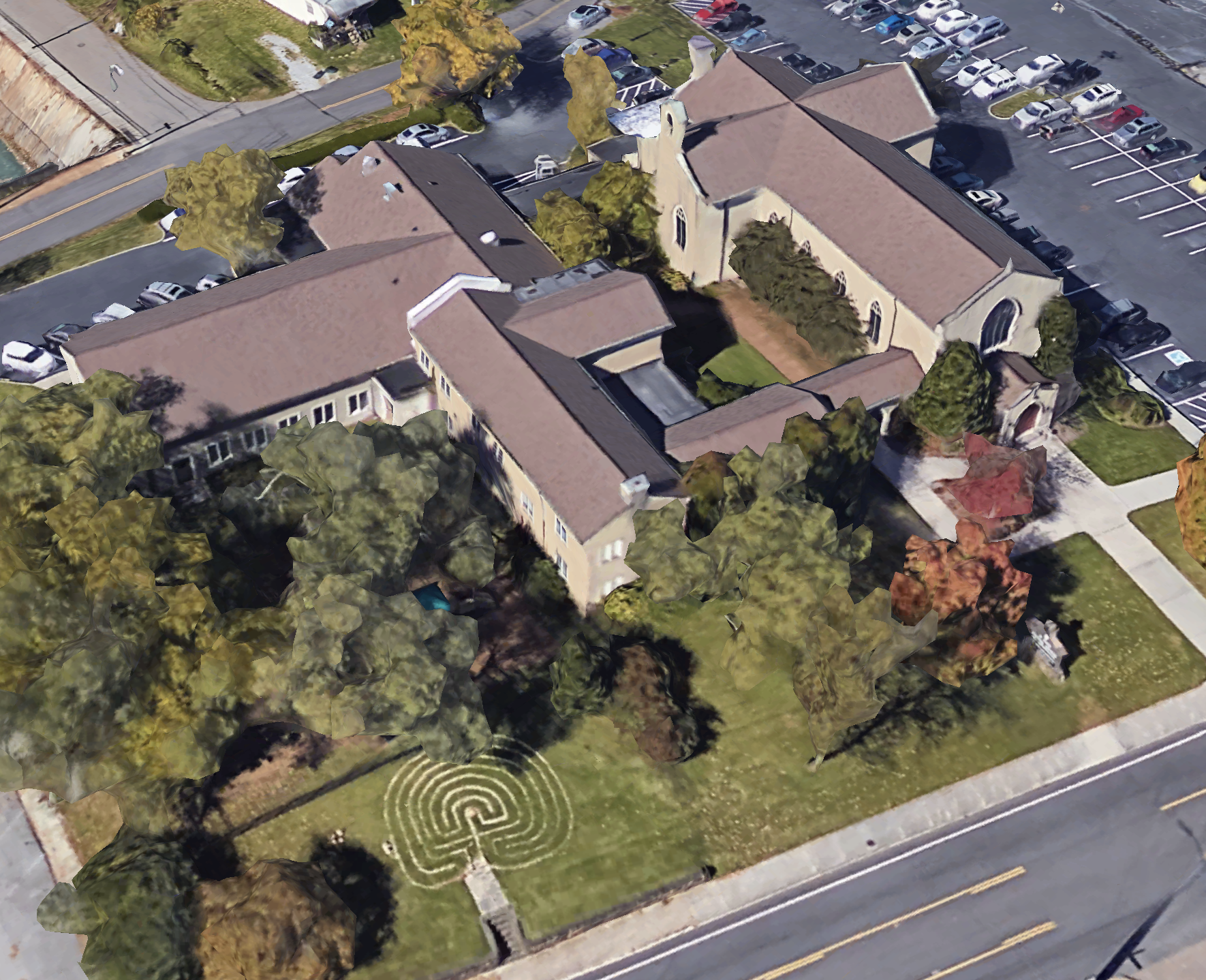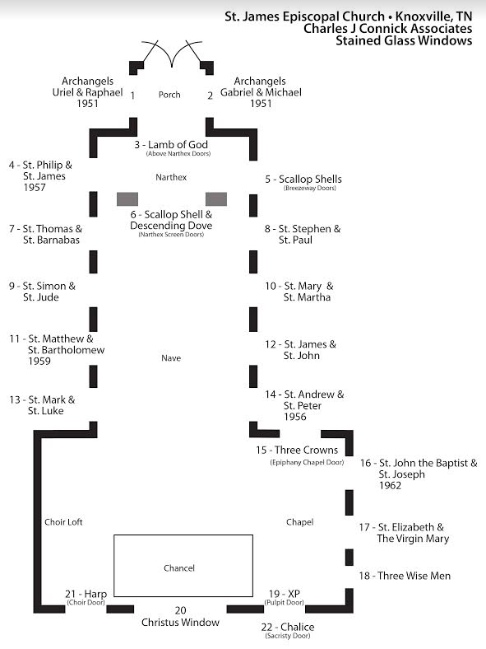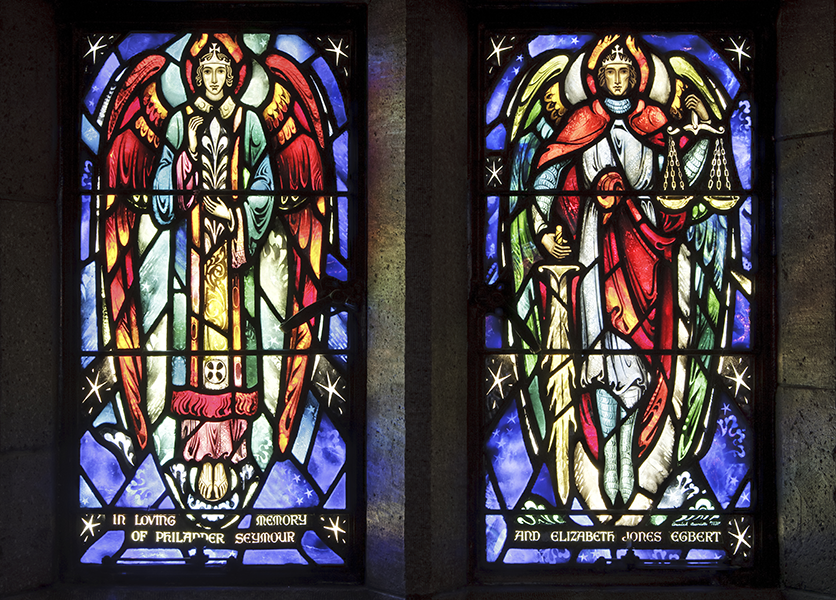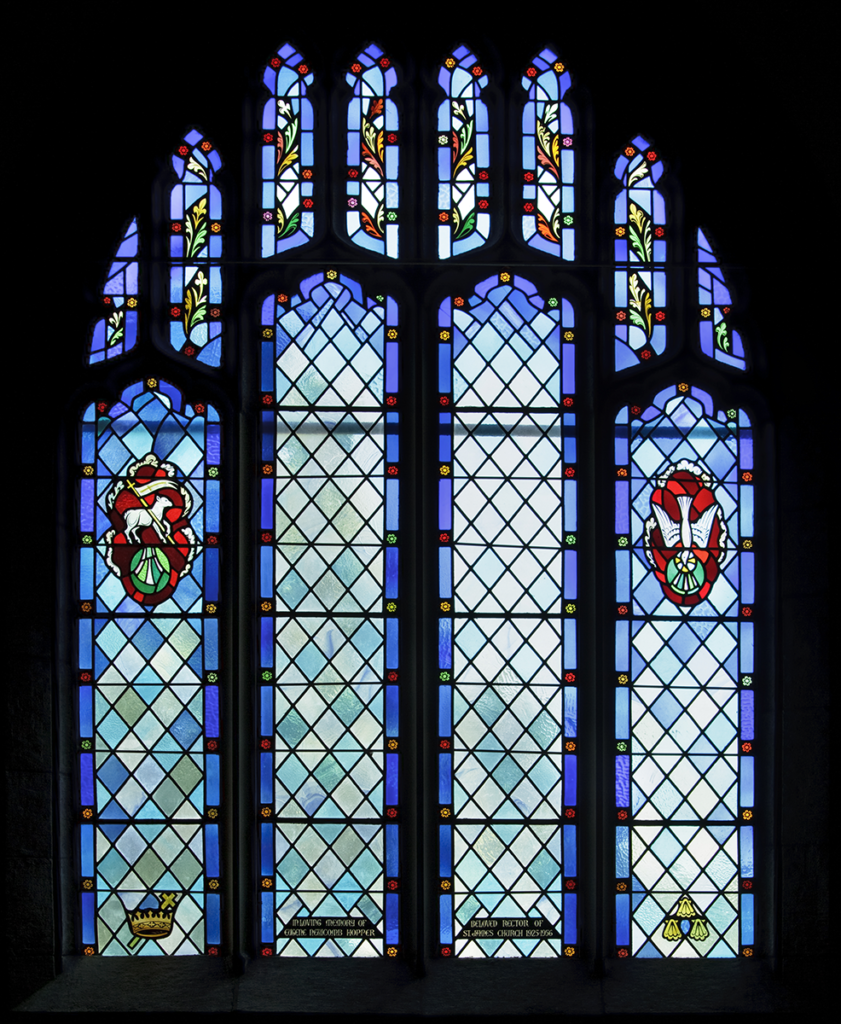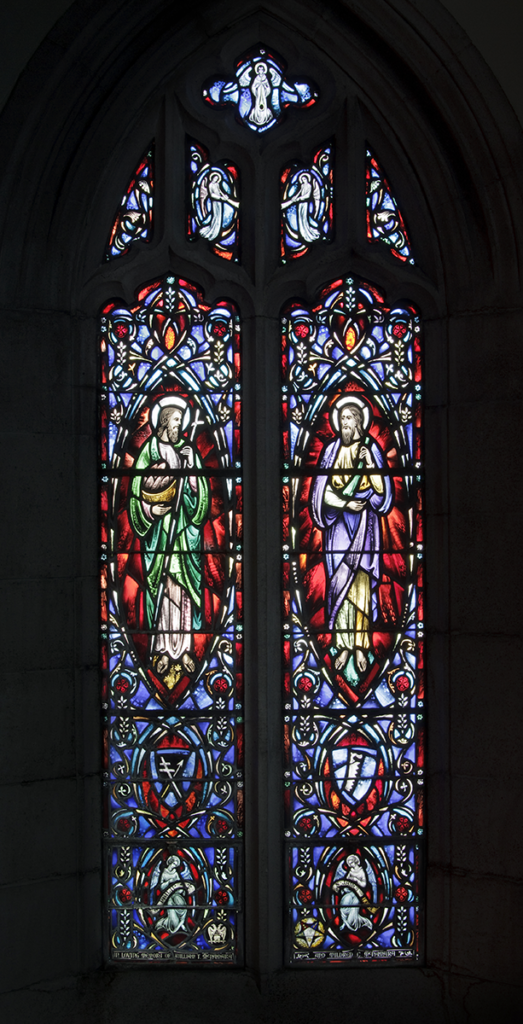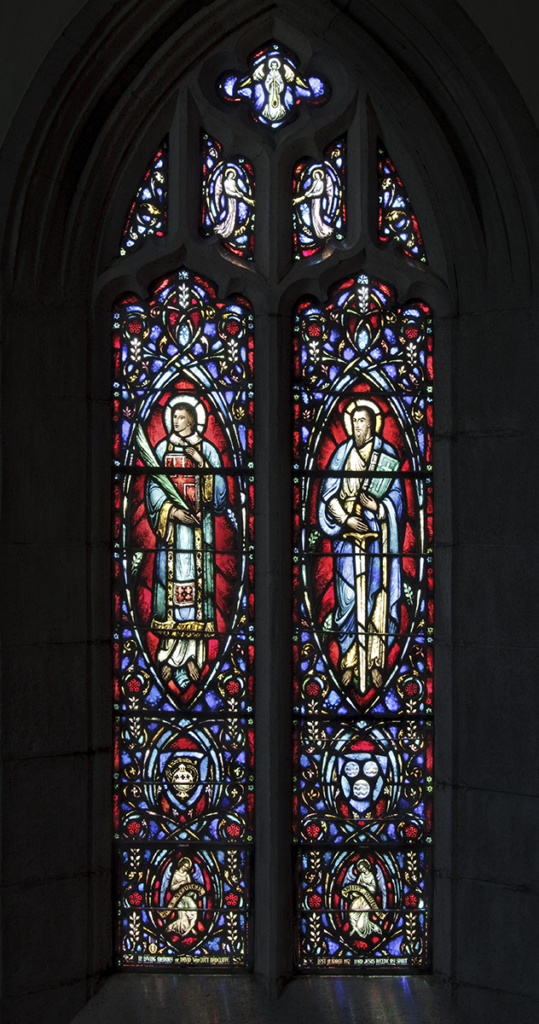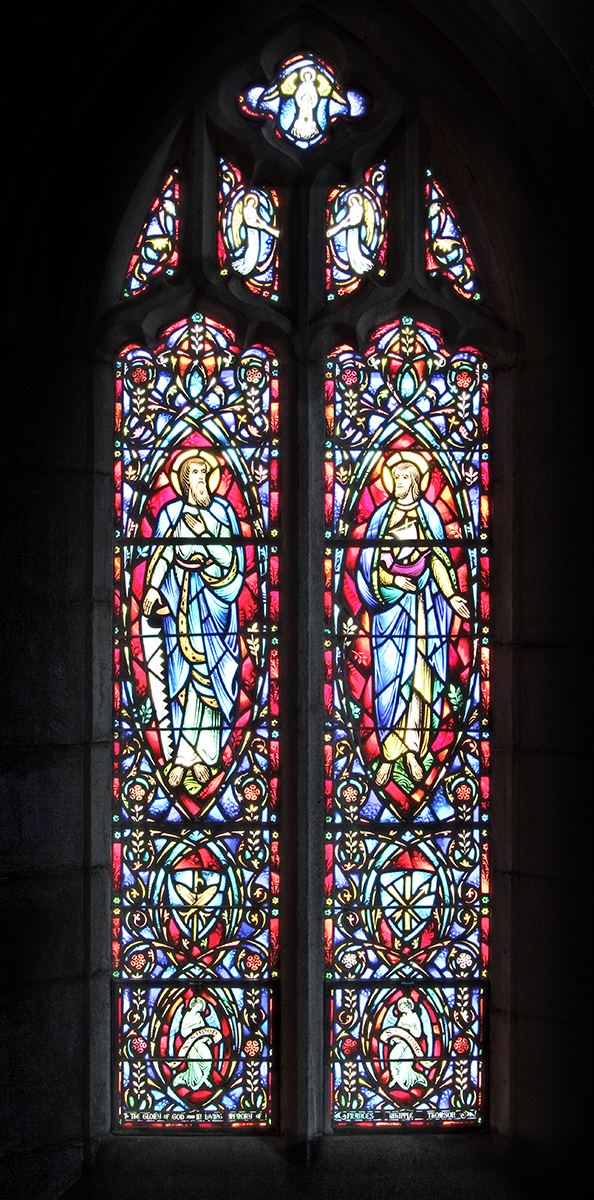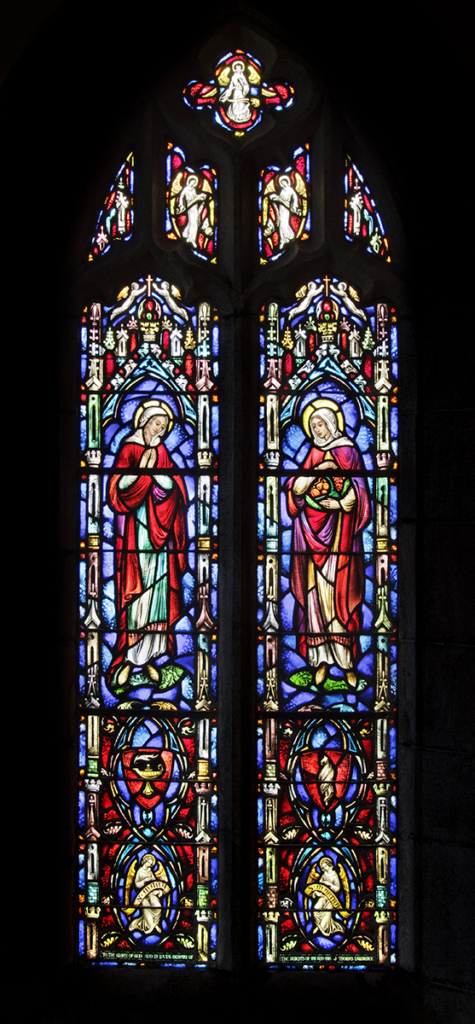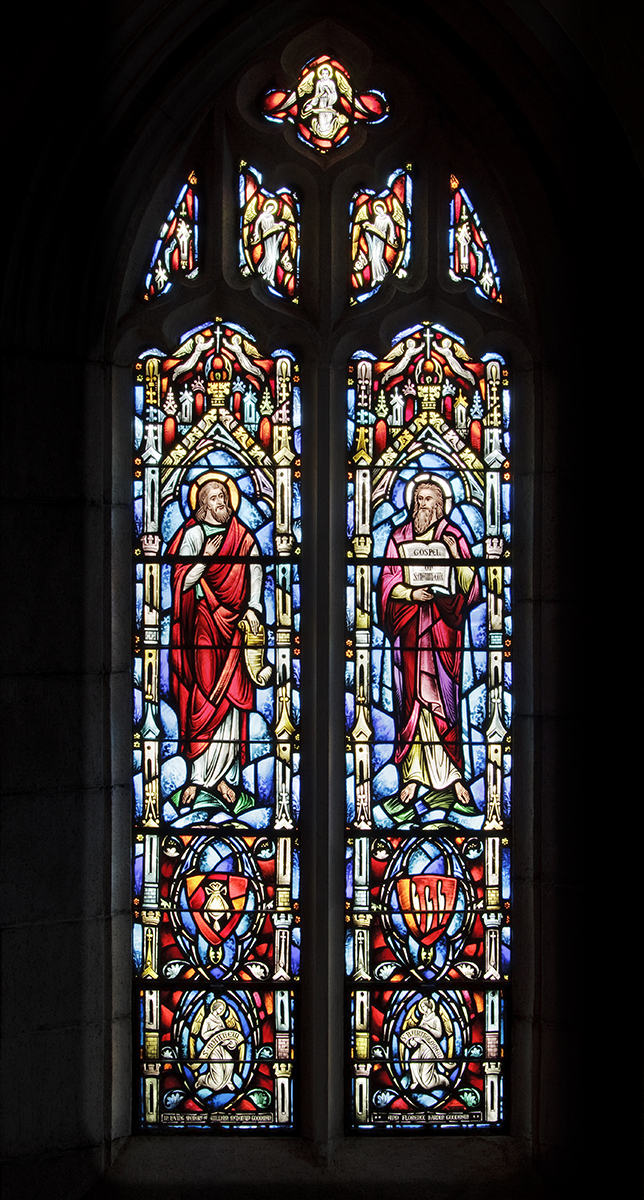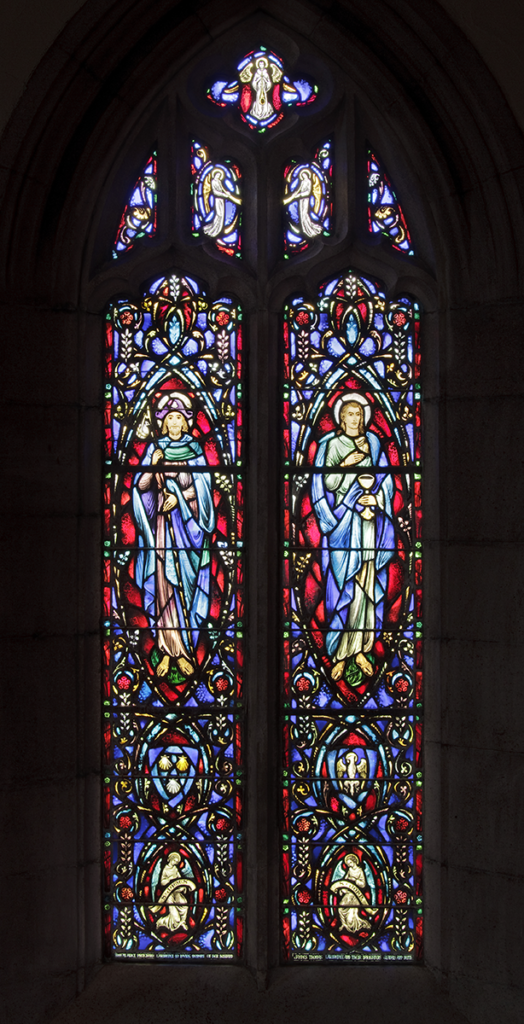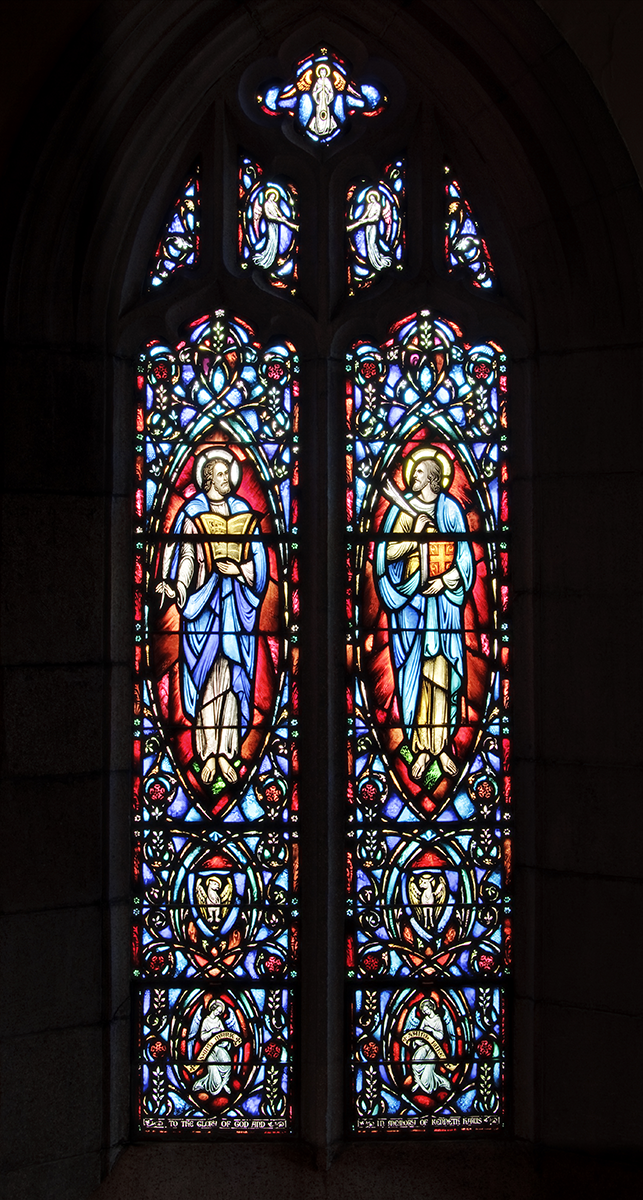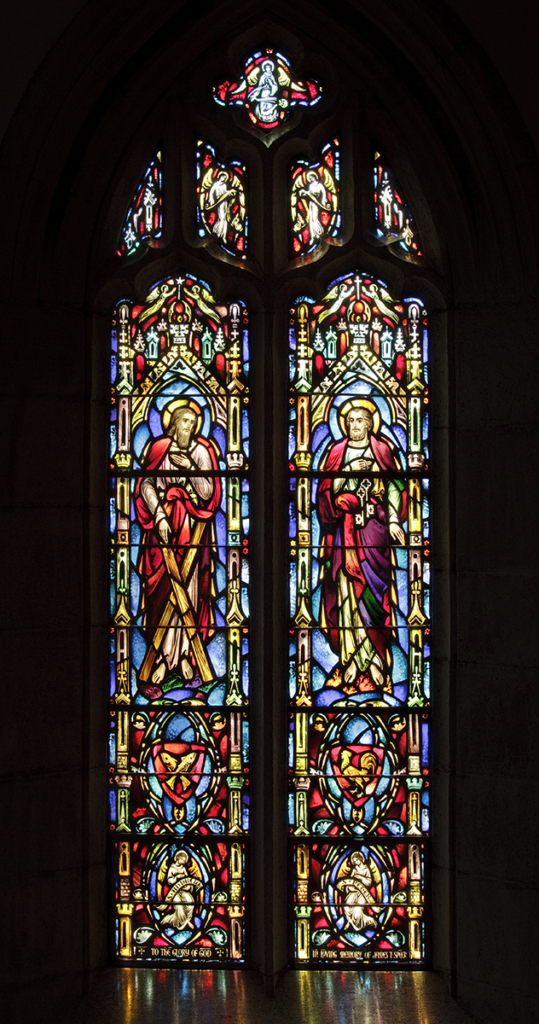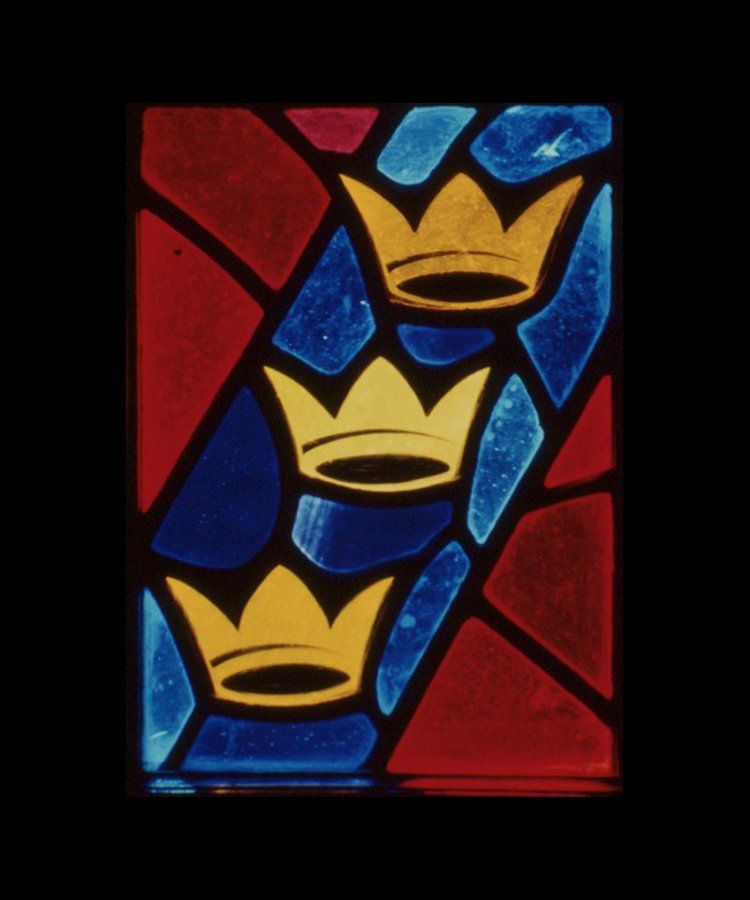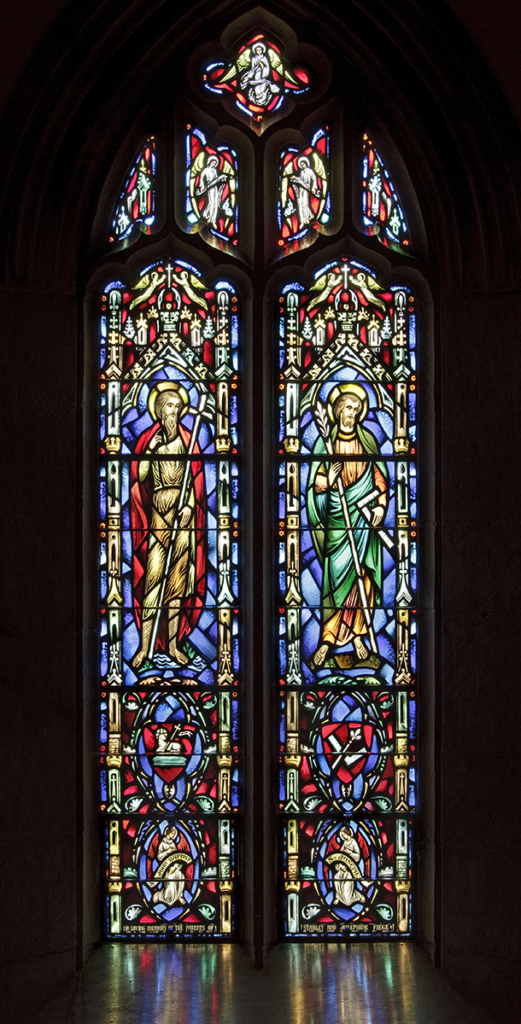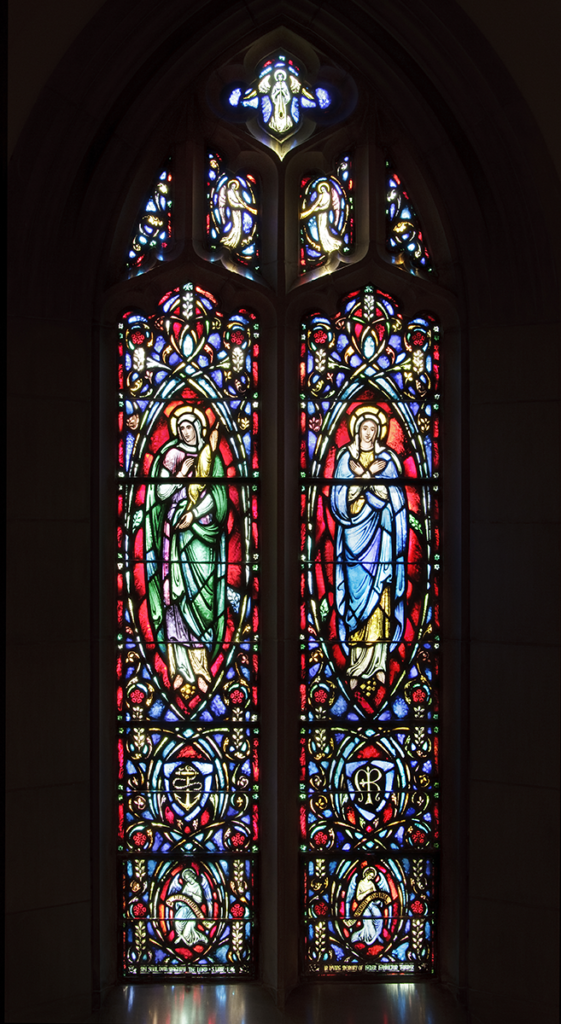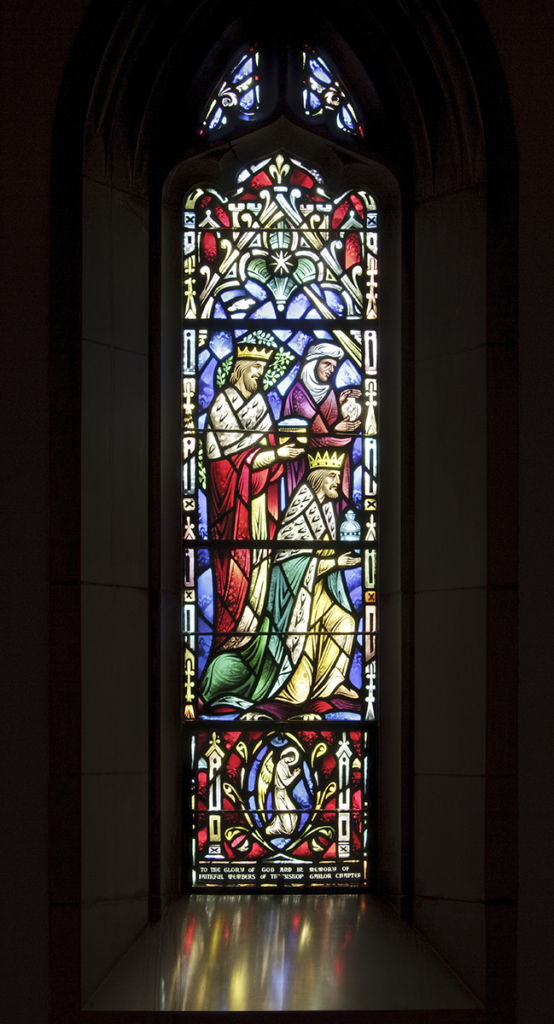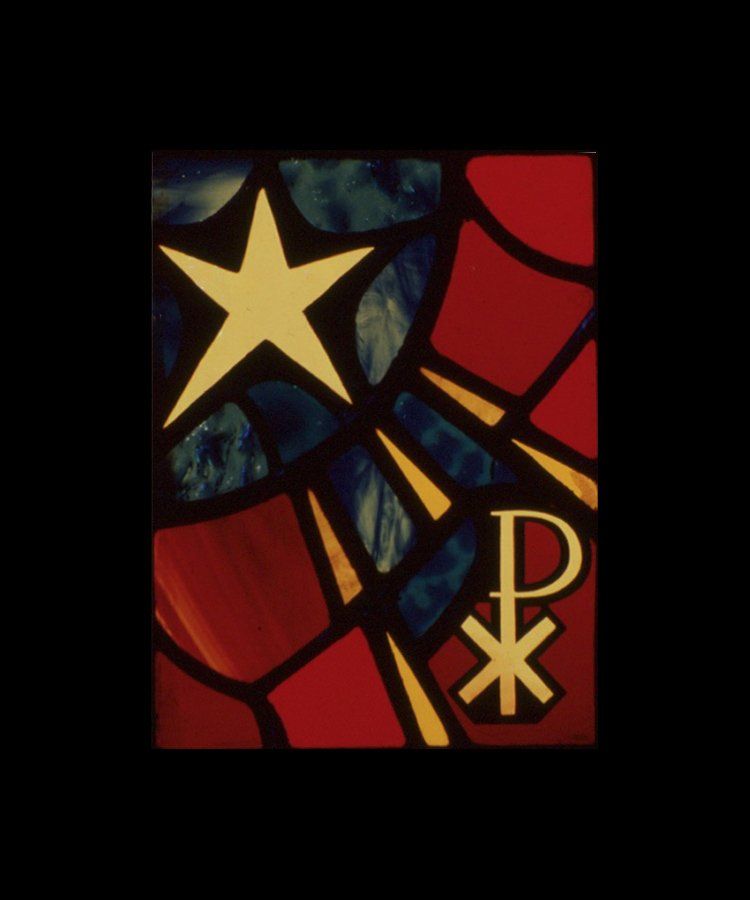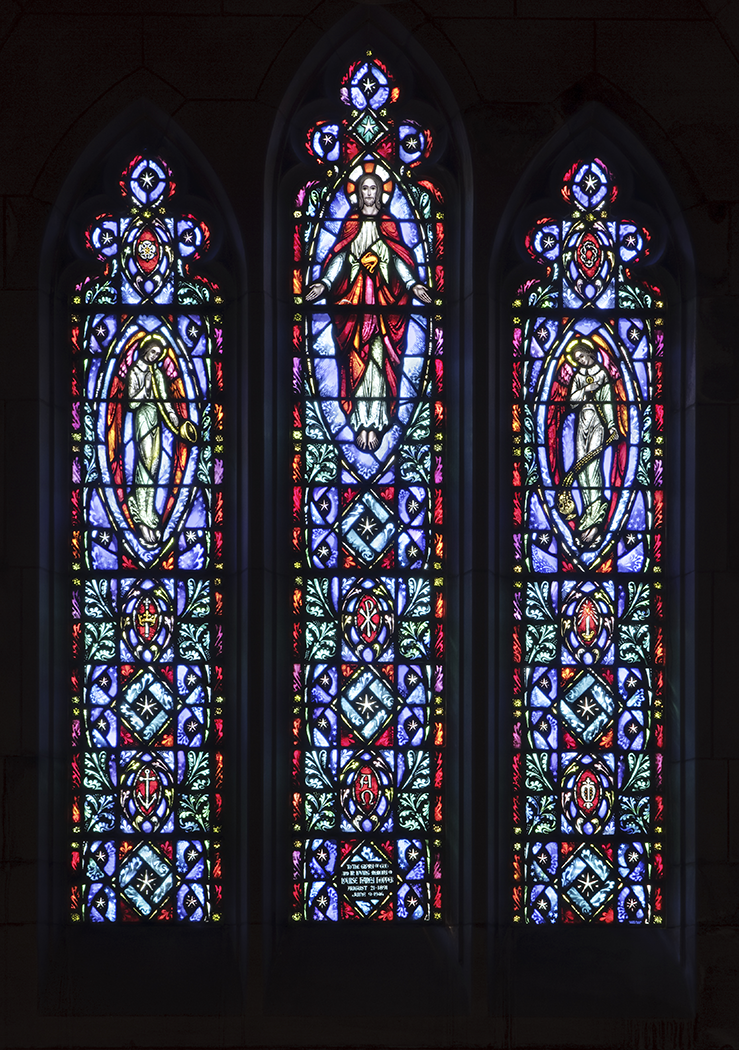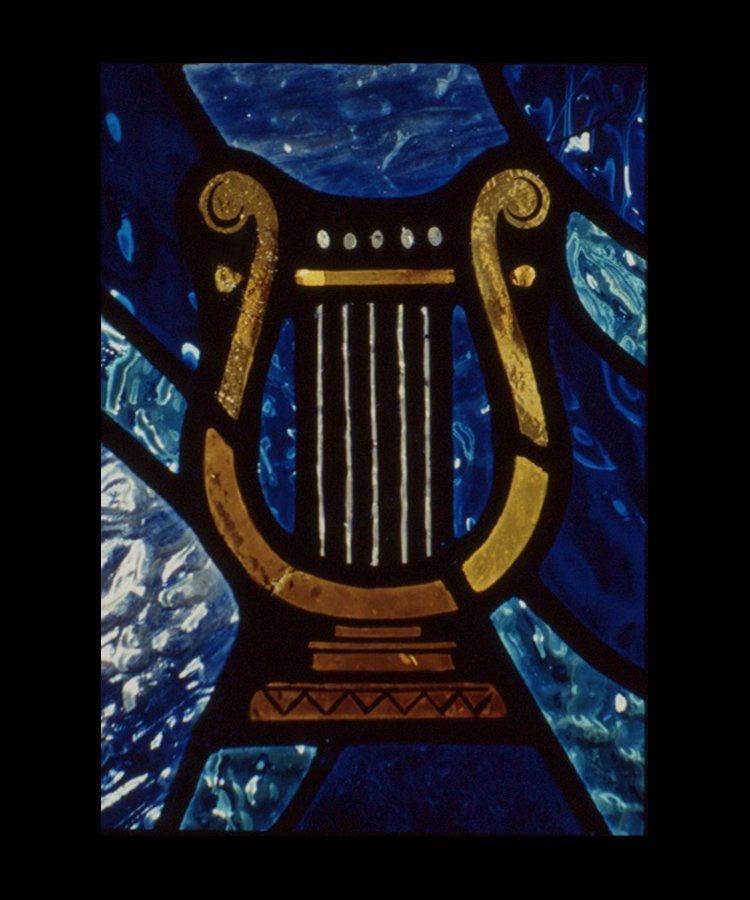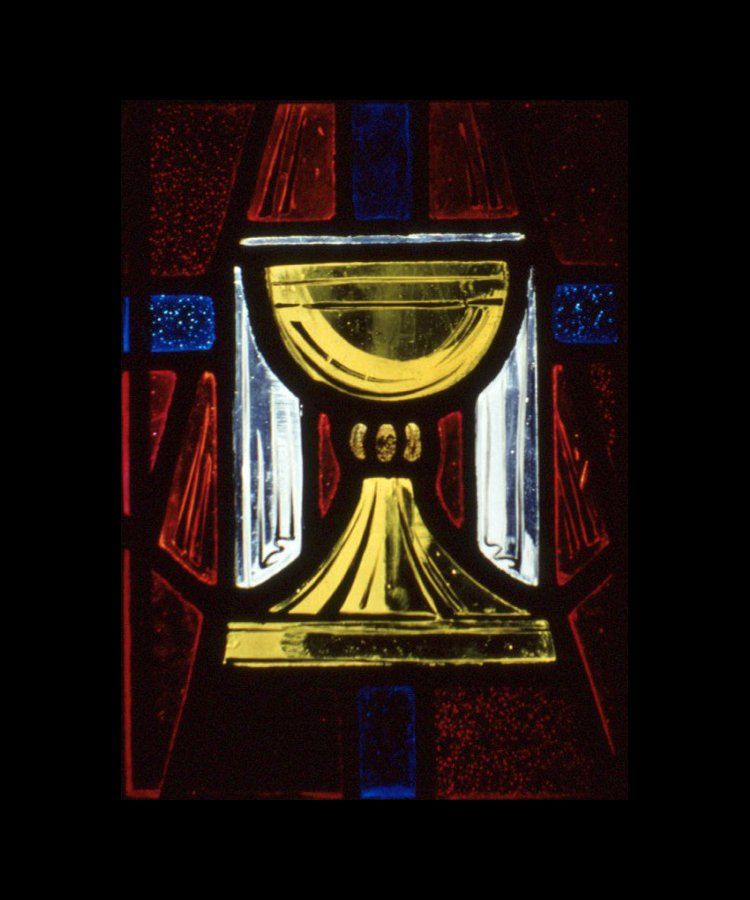Each window picture is a link that can be clicked on with your mouse, that opens a larger image, so you can examine the beauty of the windows in more detail.
Stained Glass Artistry
St. James windows were handcrafted by the Connick Studios of Boston, Mass
Charles Jay Connick (1875 – 1945) was an American painter, muralist, and designer best known for his work in stained glass in the Gothic Revival style. Born in Springboro, Penn., Connick eventually settled in the Boston area where he opened his studio in 1913. Connick’s windows adorn the Cathedral of St. John the Divine and St. Patrick’s Cathedral in, New York City, and other preeminent churches and chapels across the United States, including in Boston, Chicago, Detroit, Pittsburgh, San Francisco, Seattle, and Washington, D.C. Church Street United Methodist Church in, Knoxville, TN, also has windows by Connick.
"If churches are made radiant and beautiful places of worship, we can have a spiritual regeneration without anyone knowing what is going on. Beauty can preach as very few men with bundles of words can preach. I want to make beautiful interiors for both churches and souls. I want people to hear my windows singing . . ." –Charles J. Connick
Windows in the nave. Each window portrays two saints. Below each saint appears his or her symbol; beneath the symbol an angel holds a banner with the saint’s name. Click on the images to see larger versions.
Windows in the Epiphany Chapel. The following windows are in the left transept of the church, which is called the Epiphany Chapel, named in honor of Epiphany Episcopal Church, the predecessor to St. James.



